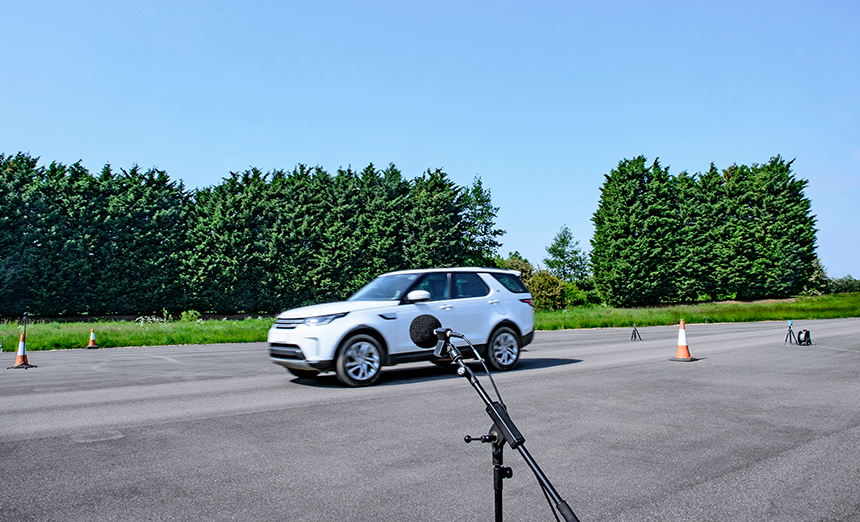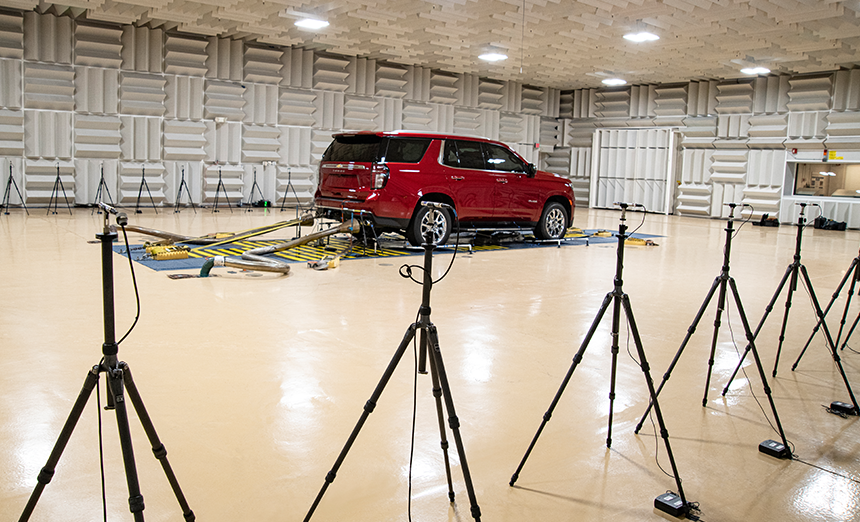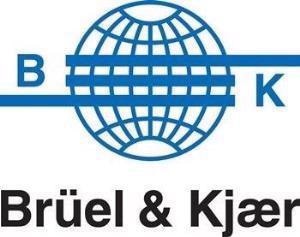Indoor pass-by testing not only helps vehicle OEMs comply with new noise limits but also optimizes and investigates their designs in a cost-effective manner.
Worldwide road traffic noise is one of the most prevalent environmental noise issues. Besides annoying people, it also poses major health issues.
Pass-by noise emission limits are set by government agencies for each category of ground vehicle based on global regulations. These limits must be respected and are a mandatory part of vehicle certification for which the vehicle OEM is responsible. Moreover, these regulations become increasingly demanding, both in the amount of testing required, and the limits to be met.
Vehicle pass-by noise emissions are covered by the UN/ECE R51 regulation for vehicles having at least four wheels, and R41 for motorcycles. The driving conditions for the old UN/ECE R51.02 regulation were focused only on worst case powertrain noise with tire/road noise allowed to be minimized using slick tires. But the current regulation, R51.03 which came into force in 2016, makes the test more representative of normal urban driving. Normal road tires must be fitted, and there is a balance between constant speed and acceleration conditions resulting in a calculation of a single Lurban noise value.
The R51.03 regulation set a timetable for reducing pass-by noise limit values. By 2024, for example, the new limit for passenger cars (category M1) will be 68 dB(A), a reduction of 6 dB (a factor of 2) since 2016. This may be a challenge, even for electrically powered vehicles, as tire noise may alone be sufficient to exceed the limit.
The Additional Sound Emission Provisions (ASEP) tests further increase the range of testing required to satisfy the authorities. Manufacturers must show that the sound levels of their vehicles do not vary considerably from the ISO pass-by test result under standard on-road driving conditions over a wider range of speeds. The present ASEP definition mandates four additional speeds for each gear and 24 additional measurements for a 6-speed car. Additional revisions to ASEP are in discussion and are anticipated to further increase the burden of testing.
With all the additional test requirements and the push for decreased time-to-market demanding more efficient testing, it is not clear how OEMs will find the test capacity to successfully create the next generation of vehicles in accordance with these international requirements. Indoor pass-by testing forms part of the solution.
Indoor or Out?
The standard vehicle pass-by noise test is conducted at an outdoor facility (see Figure 1) certified according to ISO 10844. There are two measurement microphones, one on either side, 7.5m distant from the center line at a height of 1.2m. The peak sound pressure level at the two microphones is recorded as the vehicle passes between the pair of microphones.

Figure 1. Outdoor pass-by noise test track. Image Credit: Brüel & Kjaer
Outdoor (field) pass-by measurements pose several difficulties:
- Is the test surface suitable and still meeting the ISO standard?
- Are weather conditions acceptable?
- Can the time on the test track be minimized?
- Is the background noise low enough?
- How consistent are the test runs?
A field pass-by system does not have control over the weather or chirping birds, but it does acquire, store, process and report all the required parameters to ensure compliance with the standard; such as vehicle speed, engine speed, acoustic and weather data.
But there is an alternative to outdoor pass-by testing that is far more predictable and controllable. Many road vehicle manufacturers use indoor pass-by testing to help them comply with the noise emission limits.
Indoor pass-by testing has been approved for homologation and production conformity (R51.03 Am4) since 2019 (see Figure 2). It is thus a real alternative to the weather-dependent outdoor technique.
Quantifying the interior and exterior noise of a vehicle during operation is a lot easier indoors with the help of a chassis dynamometer in a large hemi-anechoic room.

Figure 2. Indoor pass-by testing facility approved for homologation (R51.03 Am4). Image Credit: Brüel & Kjaer
In such a controlled setting, measurements are protected from the elements, are highly repeatable, can be captured throughout the year, 24/7, while the stationary vehicle enables simple access for more instrumentation to find out the underlying causes of the emitted noise.
The pass-by test simulation is performed by driving the stationary vehicle on the dyno as if it were a traditional outdoor pass-by measurement. The emitted sound is quantified using a linear array of microphones set at both sides of the vehicle.
The signals of the microphones are processed along with the vehicle speed to simulate a pass-by result that can be directly compared, including doppler correction, with an outdoor result. The standard offers a method for rectifying the tire noise with data obtained from an outdoor measurement on an ISO-compliant test track.
How to Take Advantage of Indoor Pass-By Testing?
Although several factors govern the pass-by test method, irrespective of choice, indoor results can be correlated with outdoor results. This guarantees that any decisions taken regarding exterior noise are based on accurate information.
Development and Design
As far as development and design are concerned, a variety of options are available to assist vehicle manufacturers in examining and improving their designs to not just ensure that they get through the regulations economically but also tackle exterior noise earlier in the design process.
These include noise source quantification techniques like array acoustics and Source Path Contribution (SPC) analysis.
Source Contribution Analysis
The use of SPC analysis to evaluate the contributions from various potential noise sources is one of the biggest benefits of indoor pass-by testing.
This is essential for all vehicle manufacturers. Although electric vehicles make relatively less noise, they still emit noise that is not just from the tires. There is still a need to understand the contribution effects of these diverse, new noise sources.
SPC quantifies the contributions from various sources to receiver locations. In the case of pass-by noise, the receivers are the pass-by microphones. But in the case of vehicle interior noise, the receivers are the ears of the vehicle occupants. The same operating measurements can be used to perform SPC analysis both for interior and exterior noise.
By highlighting the dominating sources relative to a specified receiver, additional investigations using CAE or development testing can focus on those sources. This technique is usually employed to analyze design solutions for satisfying both the pass-by noise regulations and interior noise

Figure 3. Tire noise measurements, engine noise measurement, exhaust analysis, and interior noise analysis. Image Credit: Brüel & Kjaer
Ever-stricter limitations on vehicle noise and the significance of addressing issues early in the design cycle make indoor pass-by testing a convenient and efficient approach to assess exterior noise and prevent the unexpected. This approach is turning out to be a vital tool in the engineer’s toolbox from design to homologation.
Please click to view solutions from HBK for Indoor Pass-by Testing.

This information has been sourced, reviewed and adapted from materials provided by Brüel & Kjær.
For more information on this source, please visit Brüel & Kjær.